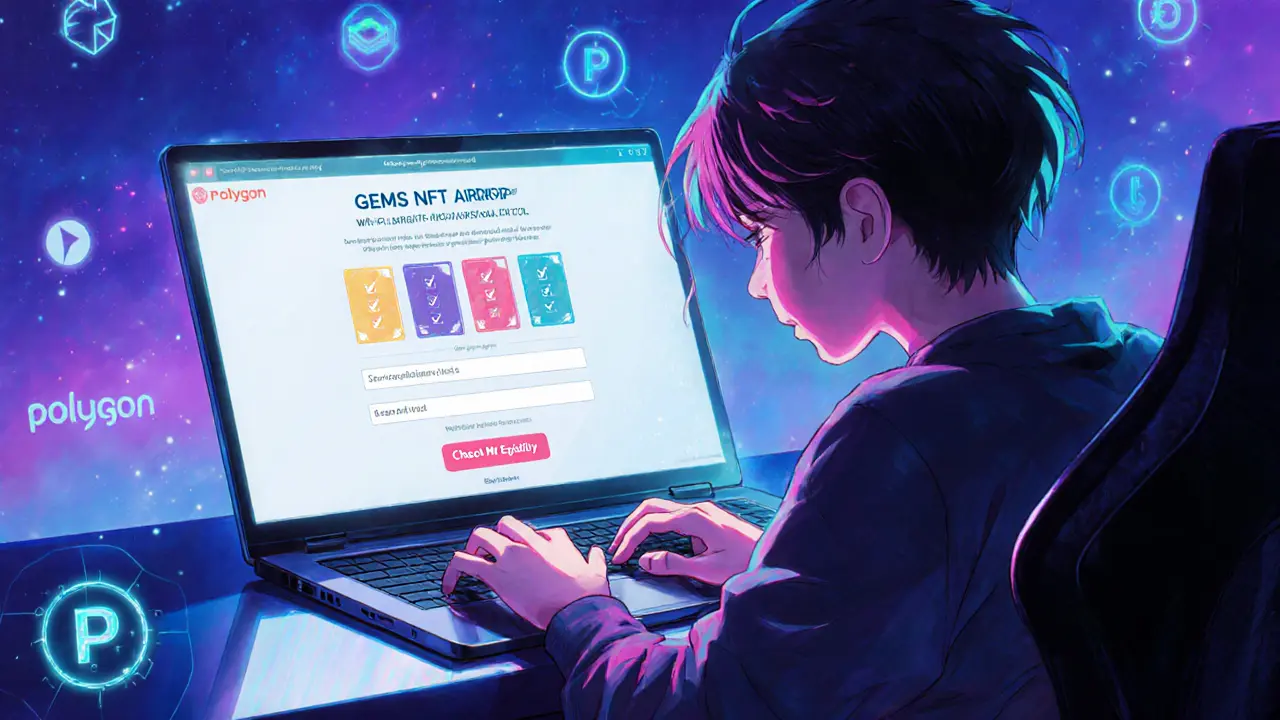GameFi: The Fusion of Gaming and Finance
When you hear GameFi, a hybrid sector that blends video‑games with decentralized finance, allowing players to earn real crypto assets while they play. Also known as gaming finance, it turns traditional pastime into a revenue stream and fuels new economies in virtual worlds.
GameFi lives inside the broader Metaverse, a collective virtual space where 3D environments, social interaction and digital ownership converge. The metaverse supplies the playground, while GameFi supplies the money‑making mechanics. A key sub‑concept is Play‑to‑Earn, a model where in‑game actions generate tokens or NFTs that hold real‑world value. This model requires blockchain infrastructure, so the NFT, non‑fungible tokens that represent unique in‑game items, avatars or land parcels, becomes the tradable asset. The ecosystem also leans on Airdrop, free token distributions used to bootstrap communities and reward early adopters, which often kick off new GameFi projects.
Core Elements that Power GameFi
Think of GameFi as a three‑layer stack. The bottom layer is the **blockchain** – it guarantees scarcity, ownership and transparent transactions. The middle layer is the tokenomics – supply limits, reward rates and staking rules that dictate how players earn and spend. The top layer is the game design – quests, battles, land development and social features that keep players engaged. For example, Decentraland (MANA) uses land NFTs to let users build virtual real‑estate, while SmartHoldem (STH) offers a DPoS chain optimized for fast in‑game moves. Both illustrate how token attributes (supply, utility) shape player behavior.
One practical attribute of GameFi is its earn‑while‑you‑play rate. A typical play‑to‑earn title might hand out 0.01 $MANA per hour of farming, or award a random NFT drop after completing a raid. The value of those rewards depends on market price, which fluctuates with overall crypto sentiment. That’s why many projects run airdrops – they sprinkle extra tokens to early users, boosting liquidity and creating a halo effect for the game’s economy.
Security is another attribute you can’t ignore. Since in‑game assets sit on-chain, hacks or smart‑contract bugs can wipe out a player’s portfolio. Projects like Bitunix and CRXzone publish security audits, and reputable exchanges list these gaming tokens after thorough checks. When you trade a GameFi token, you’re really trading a financial instrument, so due diligence matters as much as gameplay fun.
Regulation is creeping into the space, too. Some jurisdictions treat earned tokens as taxable income, while others view them as securities. This regulatory layer influences how airdrops are structured – many now require KYC verification to stay compliant. Keeping an eye on global crypto regulation trends helps you avoid surprise tax bills and stay on the right side of the law.
If you’re wondering where to start, a good first step is to pick a genre you enjoy – shooter, strategy, virtual land – and then check its token’s utility. Does the token grant governance rights? Can you stake it for passive income? Is there a vibrant secondary market on platforms like SushiSwap or Uniswap? Answering these questions gives you a quick snapshot of the project’s health and growth potential.
From a broader perspective, GameFi is reshaping how we think about work and leisure. It merges the social pull of gaming with the financial incentives of DeFi, creating a feedback loop where better gameplay fuels stronger token economies, and richer economies fund better game updates. That loop enables projects to fund development via token sales, airdrops, and in‑game purchases without relying on traditional venture capital.
Below you’ll find a curated set of articles that dive deeper into each piece of this puzzle. Whether you’re hunting for the latest exchange review, scouting a fresh airdrop, or just want to understand how a meme token can turn into a play‑to‑earn asset, the collection has you covered. Ready to explore the practical side of GameFi? Let’s jump in.
